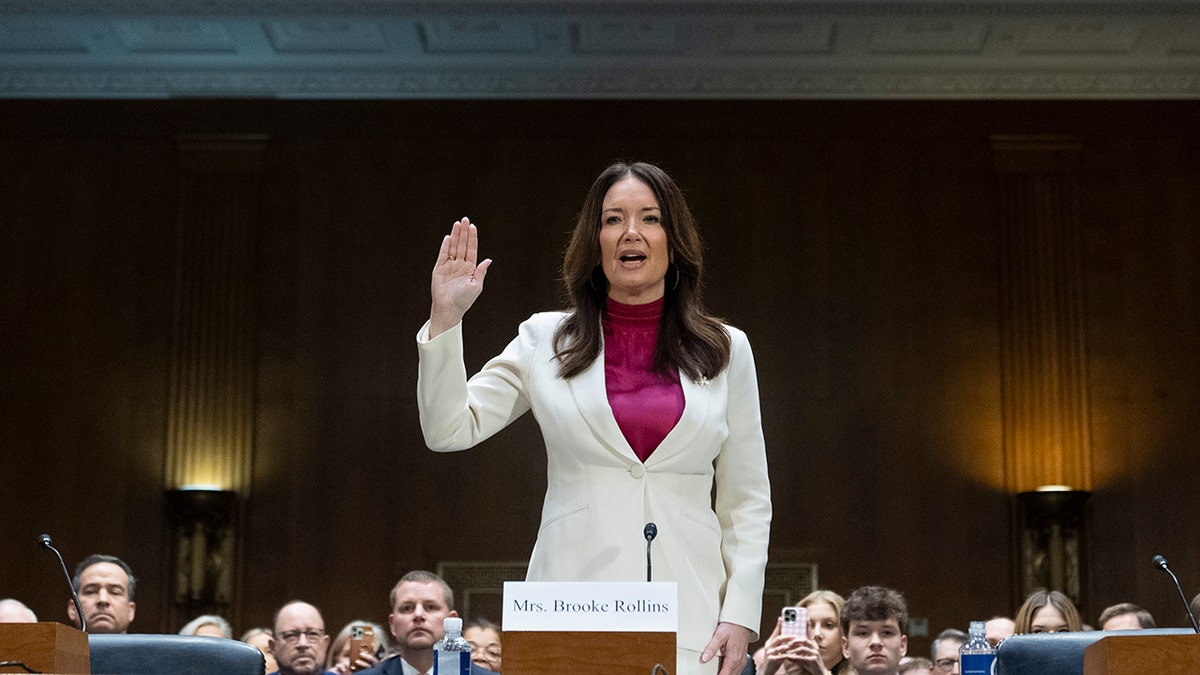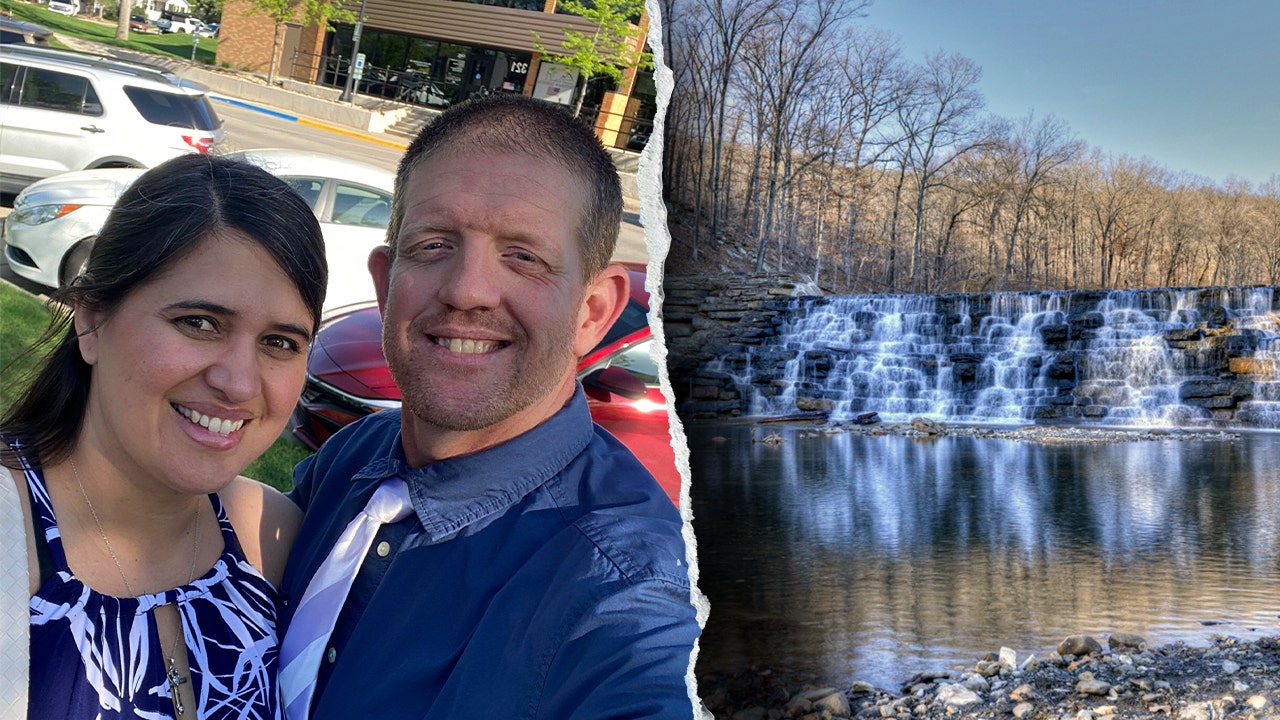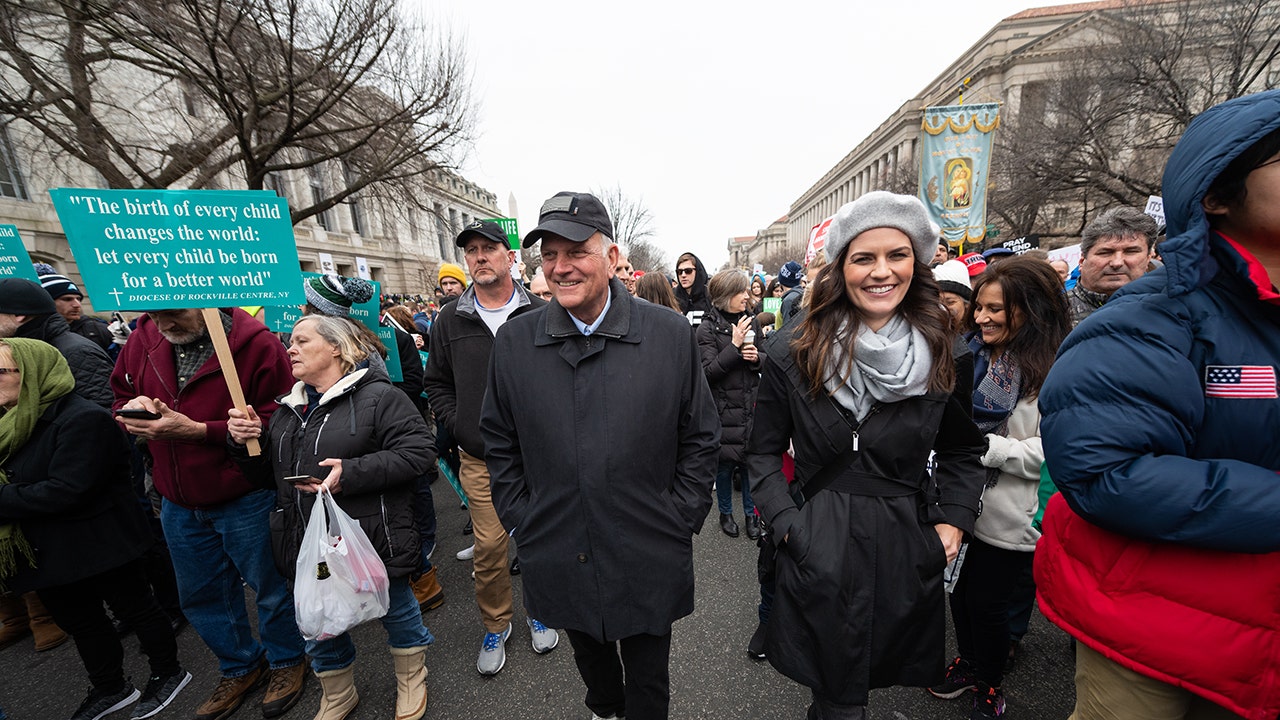As US braces for ‘significant’ wildfires, Trump’s agriculture secretary addresses Forest Service departures

The Trump administration is prepared for what could be a “significant fire season,” despite thousands of Forest Service employees departing under Trump’s deferred resignation offer, according to U.S. Secretary of Agriculture Brooke Rollins.
“It did not compromise and will not compromise at all, 1%, what needs to be done to make sure that we are ready,” Rollins told Fox News Digital Friday.
More than 4,000 U.S. Forest Service employees voluntarily resigned under buyouts offered by the Trump administration, according to a POLITICO report.
Wildland firefighters were largely exempt from the buyouts and a federal hiring freeze, but blue state leaders say President Donald Trump’s slash-and-burn approach cuts key support staff.
SEN. SCHIFF URGES TRUMP ADMIN TO EXCLUDE FIREFIGHTERS FROM FEDERAL HIRING FREEZE
“The reality is that Trump has decimated the U.S. Forest Service,” Sen. Patty Murray, D-Wash., said in a May press conference. “Nearly every single Forest Service employee supports fire operations in some capacity.”
Many of the workers who departed held Red Cards, meaning they have special training to either fight fires or “provide essential frontline support to the firefighting crews,” Sen. Jeff Merkley, a Democrat from Oregon, said.
But Rollins said the Biden administration wasted taxpayer funds on unsustainable and irresponsible hiring of people who “really had no job description.”
“That was in the — not hundreds — in the thousands of hirings that went on just in the Forest Service in the last administration,” she said, adding that the service is becoming “more lean” but no less effective.

LA MAYOR KAREN BASS ACCUSED OF DELETING TEXTS IN WAKE OF WILDFIRE DISASTER
Rollins and U.S. Secretary of the Interior Doug Burgum signed a memo on May 20 signaling the Trump administration’s wildfire response strategy. It calls for the elimination of barriers and “unnecessary procedures” to ensure a rapid response when wildfires threaten life and property.
The memo also directs the Forest Service to examine the impact of “voluntary departures” on the firefighting workforce and propose a plan to “remedy critical vacancies.”
Non-fire staff should also be deployed to support frontline firefighters as wildfire activity increases, allowing for a “more robust and more intentional and more effective force as we move into this season,” Rollins said.
“But we are not going to waste taxpayer dollars the way that we’ve seen happen in the past,” she said.
Wildfires have already scorched more than one million acres across the country so far this year, according to the National Interagency Fire Center. The center’s outlook shows higher temperatures and drier conditions than typical across much of the West this summer.
“Our prayer is that it won’t actually happen, that it will be lighter than usual, but indicators are showing that it actually may be a heavy fire season,” Rollins said.

She added she’s confident Americans will see “an unprecedented level of coordination” among federal, state and local governments as the summer progresses.
“There is zero compromising [on] having the most prepared, most effective [firefighters],” Rollins said. “And we’ll do everything possible to ensure that they have every tool they need to be successful this season.”
Read the full article here









